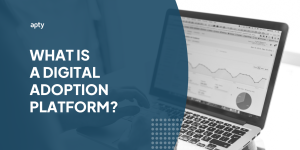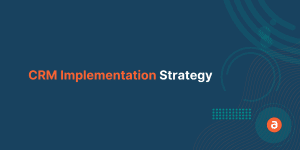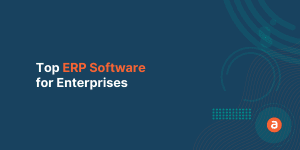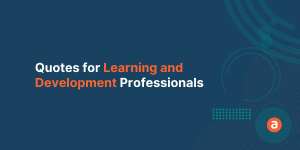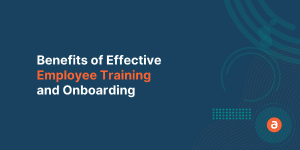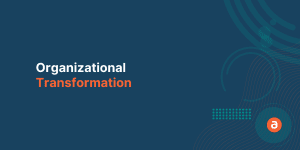Implementing new software is a huge undertaking. The selection process is hard enough. You’ve got to do the research, requests, RFPs and finally get a contract approved. But that’s just the beginning. Once you’ve selected a new software it’s time to implement it and roll it out to your team.
This guide outlines the six major phases of a software implementation plan to give you an idea of what to prepare for as you move into the next part of your software adoption.
Evaluate
Your software implementation plan should begin with an evaluation. Use this phase to assess how your teams, processes and IT structure are prepared for the upcoming change. Here’s an overview of what you’re trying to determine:
Teams
Review your team’s skills as well as their current roles and responsibilities. How will this need to change with the new system? Your software implementation won’t be successful if no one uses it after you go live. For this type of review, it’s helpful to include both your HR team and the department-level supervisors. They can provide key insights into how work is done in your current system and how the team structure might need to change to support your new software.
Processes
You’ll need to have an understanding of what your current processes are and how they might change in your new system. My colleague Nicole included this checklist on evaluating your processes for a software rollout in her most recent blog:
- Identify your current business processes.
- Determine if the new software will eliminate or replace any of those processes.
- Make a plan for how the processes will be completed in the new system.
- Listing any reports you pull from your current system so you can build out the necessary reports in your new program.
IT Structure
Before you implement a new system, it’s important to make sure you have the infrastructure to support your new software. You may have done this evaluation as a part of your selection process, but if not, you’ll want to include that step at this point.
By the time you finish evaluating these three core areas, you should be able to use what you’ve learned to build a plan that addresses these key issues:
Defining your scope
- How big is the change?
- Who does the transition to a new software impact?
- What is and is not going to be a part of this rollout?
Timeline
- What is your target go-live date?
- What dependencies are there in your implementation plan?
Responsibilities
- Who is responsible for each part of the rollout?
- Who is responsible for ensuring compliance with the changes after rollout?
Training
- What training will employees and managers need for this change?
Analysis
- How ready is the workforce for this change?
- What metrics will be used to determine if the change was successful?
- How and when will the metrics be collected and reviewed?
Configure
After you’ve completed your evaluation, it’s time to move on to the actual installation and customization of your new software. For this phase, you’ll need to decide if you’re hiring an implementation partner. Many companies chose to outsource the setup and initial rollout of new software. You or your implementation partner will take the information you learned in your evaluation phase and customize your software to fit your business and processes.
Testing
Once the software has been configured, it’s time to test it and integrate it with any of your other systems. For this phase, it might be a good idea to roll out the new system to a select group of users as a beta test. They can identify any issues you may have overlooked in your plan.
Train
After you’ve tested your software and are confident it supports your processes, it’s time to train users. Many people assume classroom training is the only way to learn new software, but many studies have shown that’s not the case. A product adoption platform, like letzNav, can show users how to use a new system while they’re actually doing their work. This type of real-world application has a much higher retention rate than traditional training methods.
Launch
At this point, you’re ready to go live. Consider a party, launch event or other celebration to mark the milestone. You want to build excitement around the launch. The buzz will help keep people engaged with your new process. For more on creating excitement and buzz for your launch, check out this blog on the top 6 tips for improving your product adoption process.
Optimize
Your implementation doesn’t end after you launch. You’ll want to make a plan for optimizing your software. Remember as a part of your first evaluation step you decided what metrics to track to determine if your implementation was successful. Use the analytics to determine if your processes need improving if your employees need more training, and how automation could improve your workflow. Tweaking your processes and training methods ensure you’ll see a better ROI on your software.
We hope this high-level overview was helpful if you’re planning a software implementation. If you’re preparing to adopt new enterprise applications, you also want to download this free ebook on The Secret Behind Software Implementation.

